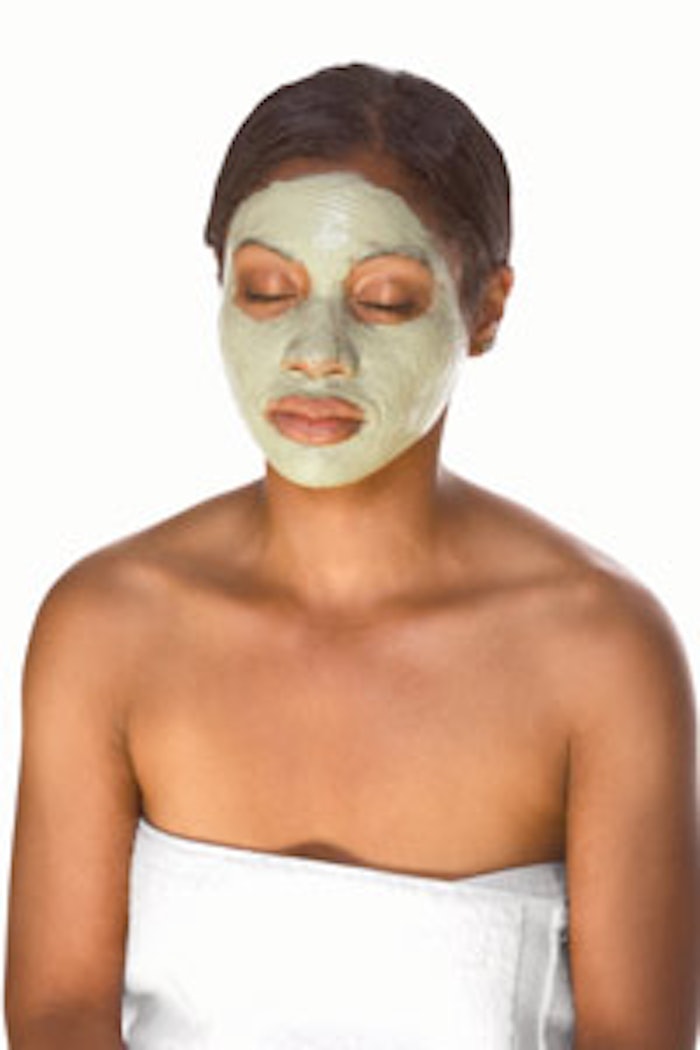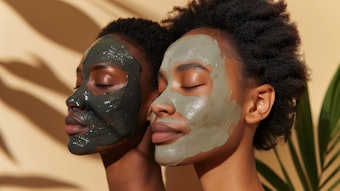
Skin care professionals are increasingly tasked to treat clients from a wide range of ethnic backgrounds, comprising a menagerie of skin tones and textures. Also, whereas it may previously have been possible to classify a client and adopt a treatment protocol based on their dominant ethnic background, this is no longer the case. With the removal of societal barriers, there are many more mixed-heritage individuals now than at any time in history. However, with this advancement comes a plethora of variables that must be considered when treating skin of color (SOC). Once it has been identified that a client does fall under the umbrella of SOC—either by appearance or heredity—it is of the utmost importance to apply caution in developing and administering a treatment protocol. There are specific issues that are more prevalent in SOC which, if not properly considered, can lead to adverse outcomes. Following are common issues you may encounter when treating skin of color.
Avoiding assumptions
One misconception that must be laid aside is that ethnic skin is easily identifiable by visual examination alone. Quite often, a client may appear to have skin that falls on the lower end of the Fitzpatrick scale, but she may, in fact, have a parent or grandparent who is of African-American descent or another ethnicity known for its increased skin pigmentation. Even if the light skin is the part of their heritage that is apparent, the potential for the reactivity that would be expected in higher Fitzpatrick types with darker skin remains. This is why it is imperative to conduct a thorough consultation with each client before designing and administering a course of treatment. The client should be questioned regarding both their maternal and paternal backgrounds in order to attain an accurate picture. Additionally, the client should be asked about how their skin has reacted in the past to any type of treatment, as well as to the daily care regimen they use at home. If you are unable to identify a client’s hereditary background due to adoption or other circumstances, always tread lightly when beginning a treatment pathway until you have first-hand knowledge of how that client’s skin reacts.
Common conditions for skin of color
There are predispositions to certain conditions to which SOC is more prone. Following are several of these conditions and their presentation, as well as effective ways in which to address them.
Hyperpigmentation. One of the most common complaints from clients with SOC is that of hyperpigmentation. It is important to understand that all skin types contain the same number of melanocytes (the cells responsible for melanin production). However, in those with darker complexions, the melanocytes are filled with larger melanin granules, and are deposited in a wider and more uniform manner, which then determines the level of coloring for the eyes, skin and hair. The melanocytes of higher Fitzpatrick skin types tend to be more reactive, therefore more likely to develop post-inflammatory hyperpigmentation (PIH). It is this increased melanocyte reactivity that causes deposits of pigment as a result of irritation or inflammation, such as in the case of a ruptured acne cyst or harsh exfoliation.
Acne. A tightly packed stratum corneum, in conjunction with larger oil glands than Caucasian counterparts, can often be responsible for an increase in bacterial proliferation and oxygen deprivation within the follicles, often resulting in acneic eruptions. Regular gentle exfoliation and the application of nonsurface-stimulating antibacterial topicals are essential for keeping darker skin free of acne breakouts. Inform clients with skin of color that over-treatment with aggressive topicals or inflammation-inducing mechanical exfoliation methods are strictly off limits to avoid the development of PIH.
Rosacea. Rosacea may be more common in certain hereditary backgrounds such as Irish, English, Scottish, Welsh, Russian, Polish, Czech, Native American and Asian, or it may be due to genetic predisposition. Characterized by flushing, persistent redness or pustules on the face, rosacea is mainly isolated to the central region comprising the cheeks, nose and central forehead. The condition mainly affects women between the ages of 30–50, but can manifest in men, as well. Rosacea cannot be cured; however, it can be controlled.1
Although rosacea primarily affects those with lighter skin, it is also possible for darker-skinned clients to develop the condition. In many cases, clients who have SOC and experience rosacea are of mixed heritage and, even though they have darker skin, the predisposition remains. It is often missed as a diagnosis, because the flushing is less apparent in darker skin. It is imperative to determine if one of your SOC clients has rosacea and not acne, because traditional acne treatments—even ones that are gentle—can be too stimulating for a higher Fitzpatrick skin type with rosacea. A means of differentiating between regular acne and rosacea is to ask the client whether they experience irritation of the eyes or styes on a frequent basis. This can be a sign of ocular rosacea, which occurs in 50% of all rosacea cases.
Hypersensitivity. Individuals with SOC often experience increased sensitivity to topical stimulation in the form of chemical peels. This is due to a higher level of transepidermal water loss found in clients of Asian and African descent, which leads to reduced barrier function. When selecting a chemical peel for these clients, it is critical to err on the side of caution and utilize the gentlest solution available, which will limit the potential for irritation, inflammation and potentially PIH. Many gentle-blended peel solutions available today create minimal surface stimulation, but still deliver excellent results.
Ingredients and treatments to avoid
When treating clients with SOC, it is important to avoid ingredients and treatments that can cause adverse effects, such as deep peeling that can lead to PIH. Ingredients and techniques that should be avoided include the following.
- Harsh microdermabrasion techniques or exfoliants utilizing nut hulls, pits or similarly abrasive materials. Smooth bead exfoliators are preferred.
- Hydroquinone in doses of 4% or greater, because it can stimulate PIH.
- Retinoic acid should be used with caution because it can cause inflammation, which can result in both hypo- and hyperpigmentation in SOC. Retinol is a safer alternative, because it is nonsurface-irritating.
- Ablative CO2 laser treatment is an anti-aging resurfacing technique that stimulates collagen production beneath skin’s surface. However, this causes full thickness burns, more commonly known as third-degree burns, and typically manifests as hypo- or hyperpigmentation. Newer fractional CO2 modalities only treat a percentage of the skin at a time, reducing the risk of these complications. Caution should still be used when treating SOC or mixed-heritage clients.
Customizing treatment pathways
When developing treatment plans for your clients, it is critical to approach each case on an individual basis and perform preliminary research into the client’s heredity, skin history, and any potential or current health concerns at the initial appointment.
During the first client consultation, it is important to obtain a complete health profile, because the skin often manifests outward reactions to internal conditions. As the body’s largest organ, the skin acts as a protector of the cells and internal organs, and a means through which the body detoxifies itself. If the client is experiencing health problems or consuming a large amount of prescription drugs, this can affect the skin’s appearance and ability to regenerate. Likewise, in cases of dehydration, the skin is the first organ to lose moisture, routing the much-needed water to vital organs. All of these aspects must be assessed in addition to skin color and tone when creating a customized treatment plan.
Additional considerations
Sebaceous glands tend to be larger in darker Fitzpatrick types, leading to increased likelihood of acne, which is often inflammatory in nature. Antibiotic treatment may be warranted earlier in those with darker skin to avoid the development of large lesions that will create more skin disturbance, and likely lead to PIH and potential scarring.
The process of melanin deposition resulting from abrasion or inflammation will occur much more rapidly in those with darker skin tones. Extreme care must be taken when working with topical exfoliants, such as chemical peels.
Complications can be avoided by utilizing low-percentage blends of multiple acids for treatment instead of a high percentage of one acid or active ingredient. Because hydroquinone at 4% or higher can trigger PIH in darker skin, instead consider using hydroquinone at 2% combined with other effective ingredients, such as lactic acid, kojic acid and ascorbic acid, for desired results to be achieved without complications.
Through a thorough understanding of the unique variances in SOC, skin care professionals can more effectively treat clients of color and attain positive outcomes while avoiding common complications. Treatments and education on important post-treatment care, combined with an easy-to-implement home-care regimen, can effectively improve or clear most client complaints, leading to healthy, beautiful skin.
REFERENCES
1. FC Powell, Rosacea, New England Journal of Medicine 352 793–803 (2005)











